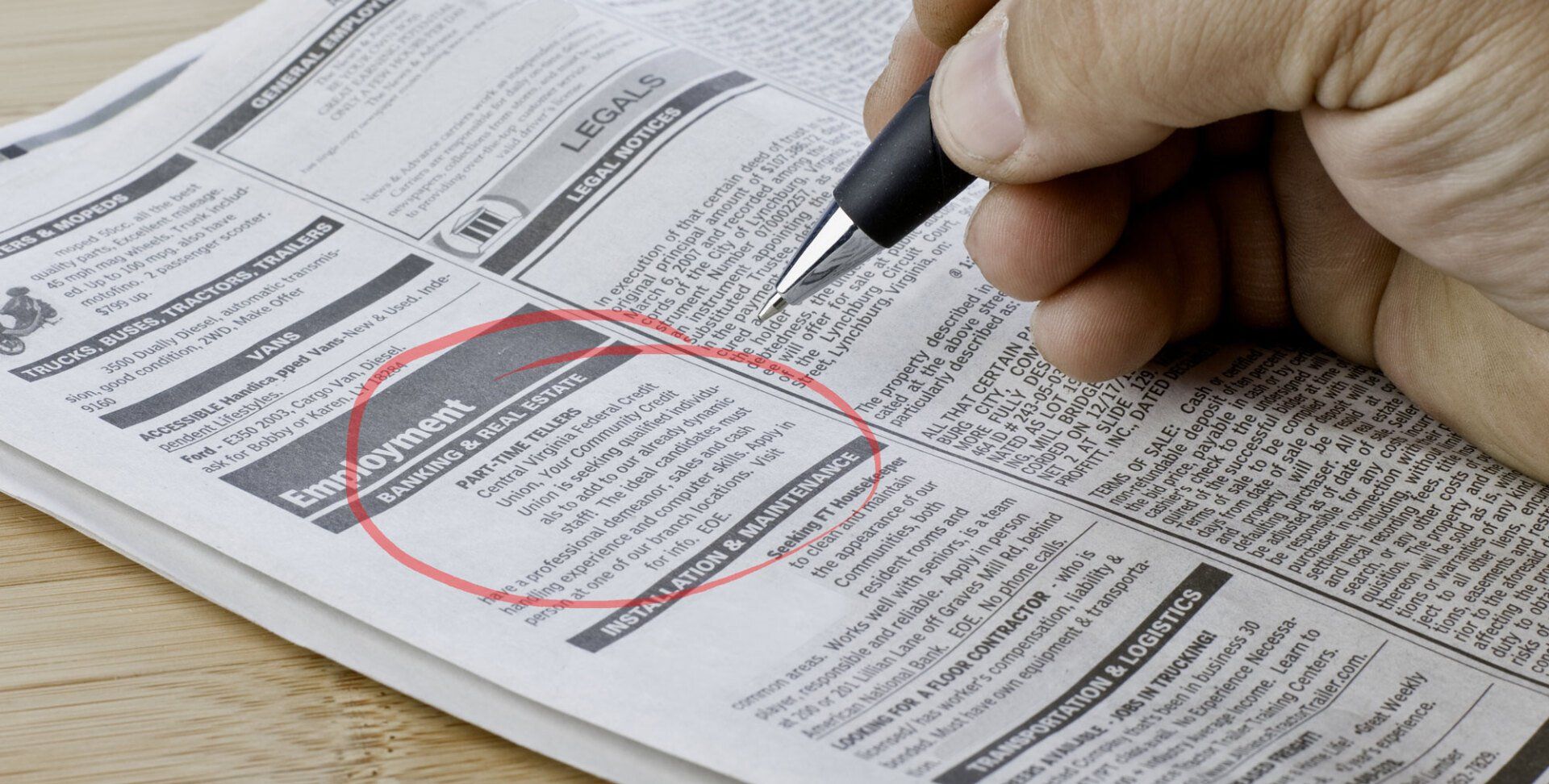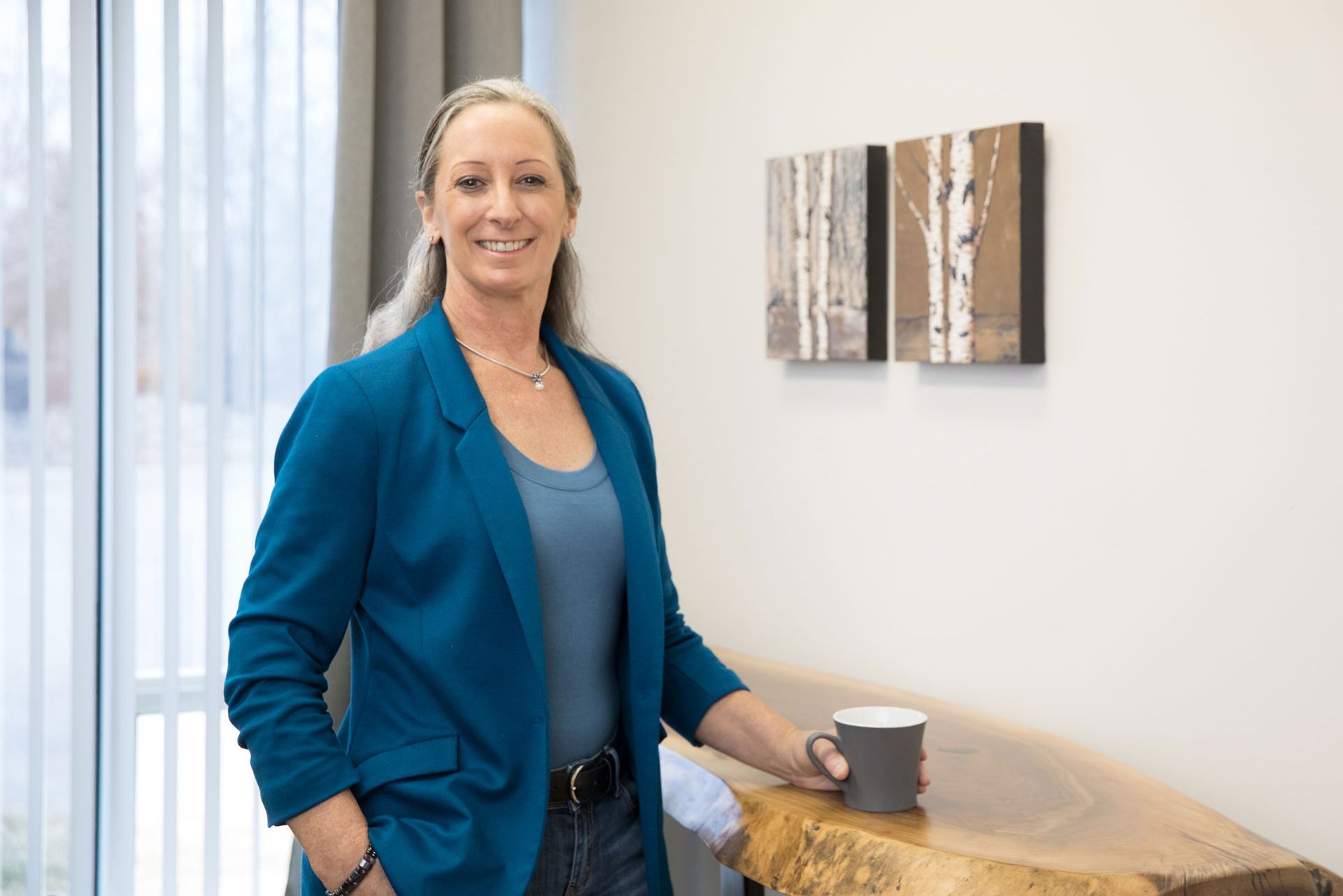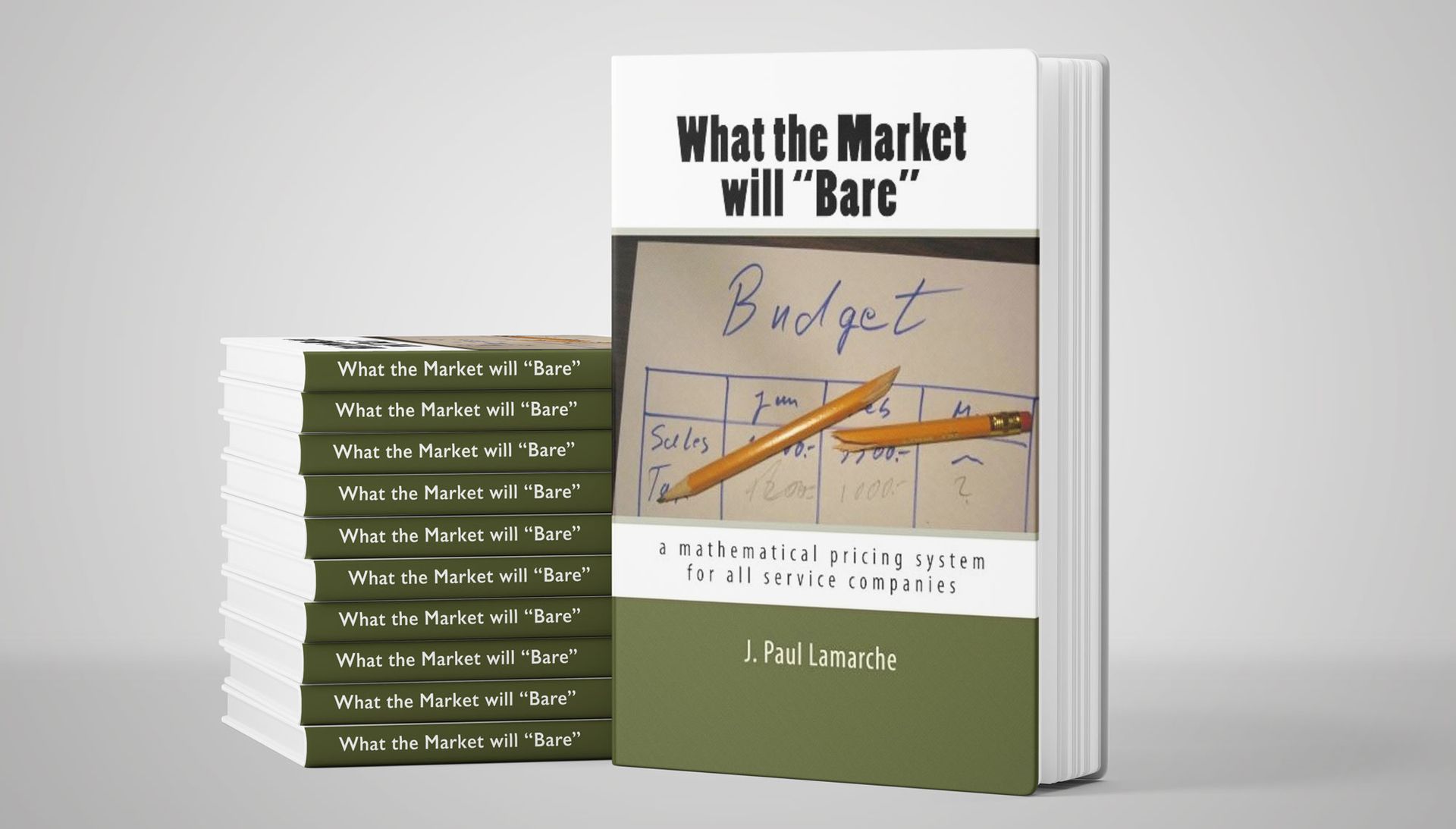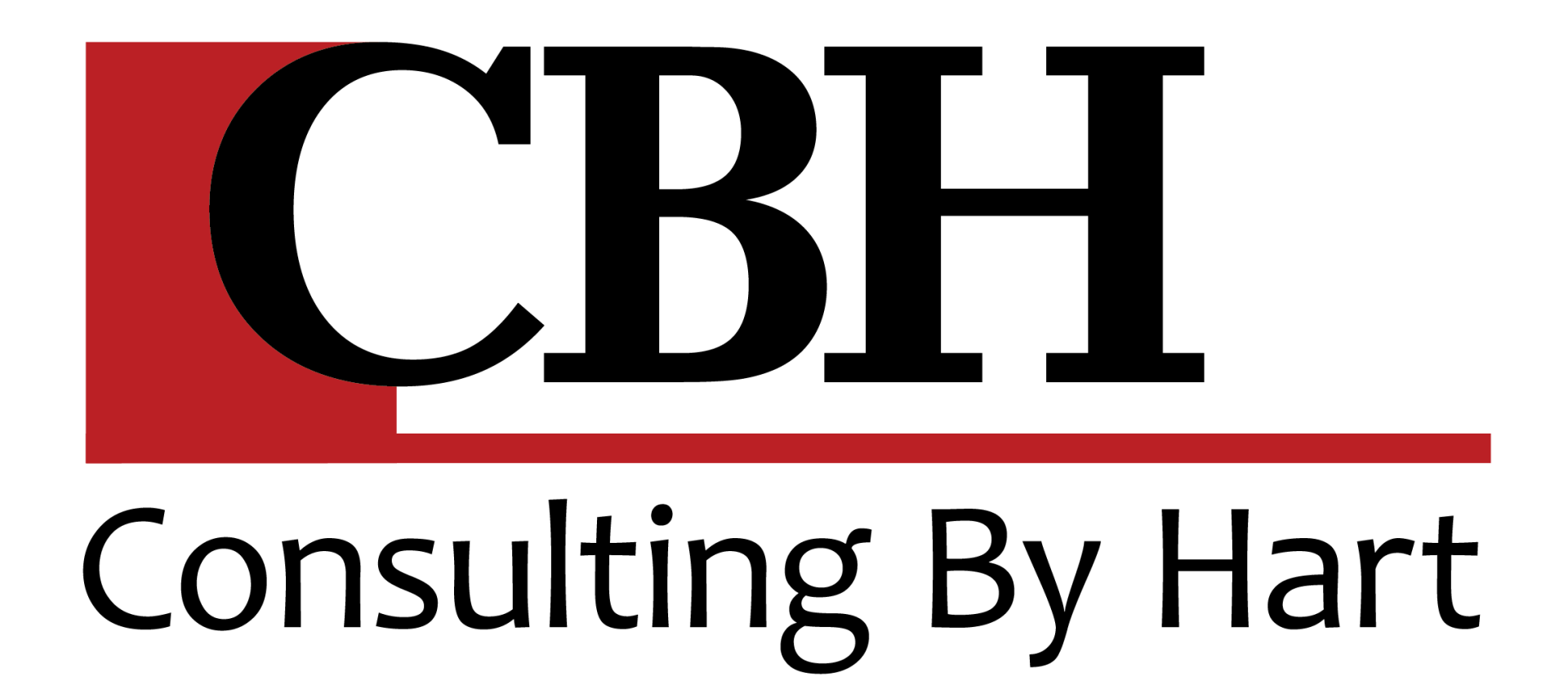What’s up with Gen Z?

Ahhh yes. Generation Z. That wonderfully energetic project-focused generation amongst every company, who are under the age of 29. A tricky bunch – if you’re an employer over the age of 45. The statistics show (gallup) that they will change jobs at least 3 times more often than their older cohorts – Gen X and Baby Boomers. So what does this mean to you? It means that you have to adjust your recruiting strategy to reflect this new reality. Because, it’s not going away any time soon. Job hopping is here to stay. For the most part.
Careers look different now than ever before. We’ve shifted from Boomers and Gen X learning a trade, graduating college and expecting to have a long career with a single employer – at the end of which we would get the customary gold watch and a pension. The ‘status quo’ was that companies could count on a steady and long-term work force and their employees would enjoy a lifetime of predictable income and benefits.
Fast forward to 2022, and we find a career-driven generation who know their worth, who are taking advantage of the job seekers market, and who don’t accept status quo. If you want to attract, hire and retain them, you have to get with the program. The Gen Z Program and meet them where they are. They’re not going to have it any other way.
In the absence of any handy Canadian statistics on this topic, I look south of the border to the Bureau of Labor Statistics for context and research: I found that the median tenure of workers aged 55-64 is 10 years, while of the 25-34 age group – it’s 2.8 years. Short term job seekers are here to stay with this cohort looking to change employers in less that 3 years and only a quarter of them looking for a 5+ year opportunity in the same company.
Also, over a third of them expect multiple job offers every time they look to switch jobs - which they do whenever they’re looking for meaningful work where they can make an impact, learn new skills and build on their work experience for their next gig (i.e. ‘what’s in it for me if I work for you’?). They are bold and fearless of new situations and aren’t afraid to pursue a new opportunity.
Why is this a big deal? Worth noting, Gen Z and Millennials combined make up over 40% of the current work force. And the cost of high turnover might be higher than you think: according to labor statistics by the Center for American Progress, the cost of losing an employee can range from 16% of what you pay them annually, to 213% for highly trained positions. These include costs for people on your team, who already have other work to do, to be attracting, hiring, onboarding, and training new recruits. I encourage you to stop and think about that for a moment… If up to 40% of your team are either leaving or new every three years on average – this cost is having a huge, and possibly uncalculated negative impact on your bottom line – not to mention team morale and customer confidence.
So now what?
I think that the best way forward is to develop a recruitment team who are focused on developing candidate pipelines and focus on trendy strategies for employee retention. The key is to be building long-term strategies that not only respond to job hoppers, but that stay one step ahead of them.
How can you do this? Here are a few tips to help you attract the right candidates, build a strong hiring brand, and be the winning employer when candidates have multiple offers
- Create a ‘candidate relationship’ strategy, to continually foster relationships with candidates throughout their career journey, even if they don’t accept your offer – the first time. There are software products out there to help you manage ongoing relationships with candidates. Keep the door open, even if they don’t accept your offer. They might be back if things don’t work out, or if they decide to give you another try.
- Promote how candidates will making an impact and enjoy meaningful work. We know that Millennials and Gen Z both prioritize salary and work-life balance as the most important factors when considering a new job. One big difference though is that Gen Z places increased value on job duties or projects where Millennials look for career growth opportunities. Job ads could include specific timelines and plans with actionable first steps a candidate could take once hired.
- Slow down to go faster. Taking less time to hire is the end goal, after retention. Reduce costs of attracting recruiting and onboarding by creating a ‘rinse and repeat’ process. Make sure that you ‘bake in’ questions that identify potential bad hires early on in the process. There’s a high cost associated with constantly returning to the drawing board on hiring. There are even higher costs of being short staffed/ limited in fulfilling your client service obligations.
While I realize that even the best hiring questions can’t prevent you losing a great worker who prematurely heads for the exit , I believe that you can proactively minimize the risk of an unexpectedly open critical position.
So, as you head into the next season, ask yourself, ‘What can we do to best ensure our business isn’t caught flat-footed when it’s time to find a quality replacement or make an addition to our growing team’? ‘What can we ‘rinse and repeat’ in our recruiting process?’
Other Articles That May Interest You:




